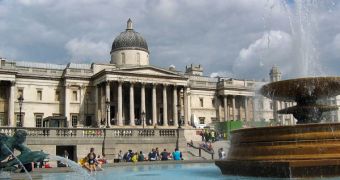A group of British museums is currently working around the clock to create a common website, on which officials, curators and museum lovers can meet and discuss various aspects of the trade, while at the same time virtually visiting some of the collections. Thus far, the group includes the British Museum and Victoria and Albert Museum, among others, and many more are expected to join the initiative. The site will also be a source of information about future exhibits, and will allow users to create communities based on shared common interests and history.
According to the latest data from the project, the National Portrait Gallery, the Natural History Gallery, the Tate, the Wallace Collection, the Royal Armories, Sir John Soane's Museum and the Imperial War Museum have also joined the effort. The UK Treasury has been the institution that has supplied the £1.5 million ($ 2,18 million) necessary for the completion of the new website. By the end of this week, authorities from all these institutions hope to have the National Museums Online Learning site up and running perfectly.
“What we want is people to be inspired and talk to each other. They will be able to create communities of interest around collections,” Victoria and Albert Museum representative Carolyn Royston says. Users will have the privilege to create online communities on the site, based on their respective interests. For example, if someone is fascinated about Egyptian mummies from a specific dynasty, he or she can start a thread on a discussion board, attracting other enthusiasts from around the globe.
One of the most important features of the new site will be a common search engine that will allow people to receive results from all the museums that are part of the project. This could make looking for an artifact that much accessible, and will render the task of scholars or advanced students a lot easier. It will also feature a “School” section, where children will find compressed and clear information about various objects of interest.
Over the years, museums in the UK have grown in popularity, and more and more people visit them routinely. The British Museum alone received more then 6 million visitors last year, with others registering smaller numbers. Under these conditions, it would make a certain amount of sense that such a combined resource be created, in order to make it easier for tourists to put together a tour plan, without having to access several dozens of websites to do so.

 14 DAY TRIAL //
14 DAY TRIAL //